Moon

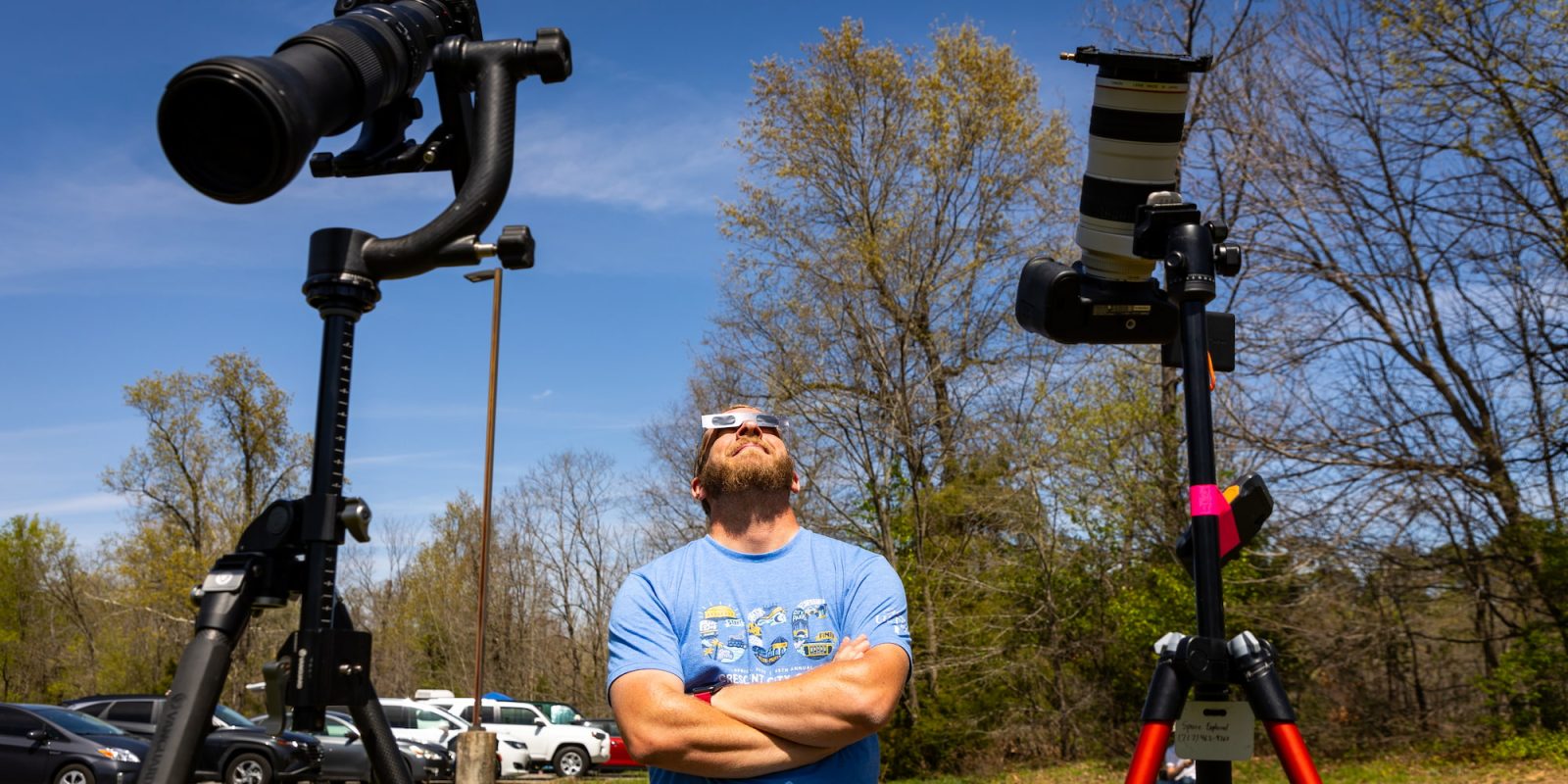
You’ve probably had those eclipse glasses laying around for the last week, unsure of what to do with them and inching them closer and closer to the trash bin. But don’t! There’s a much better place to send them if you don’t plan on using them again.
Expand Expanding Close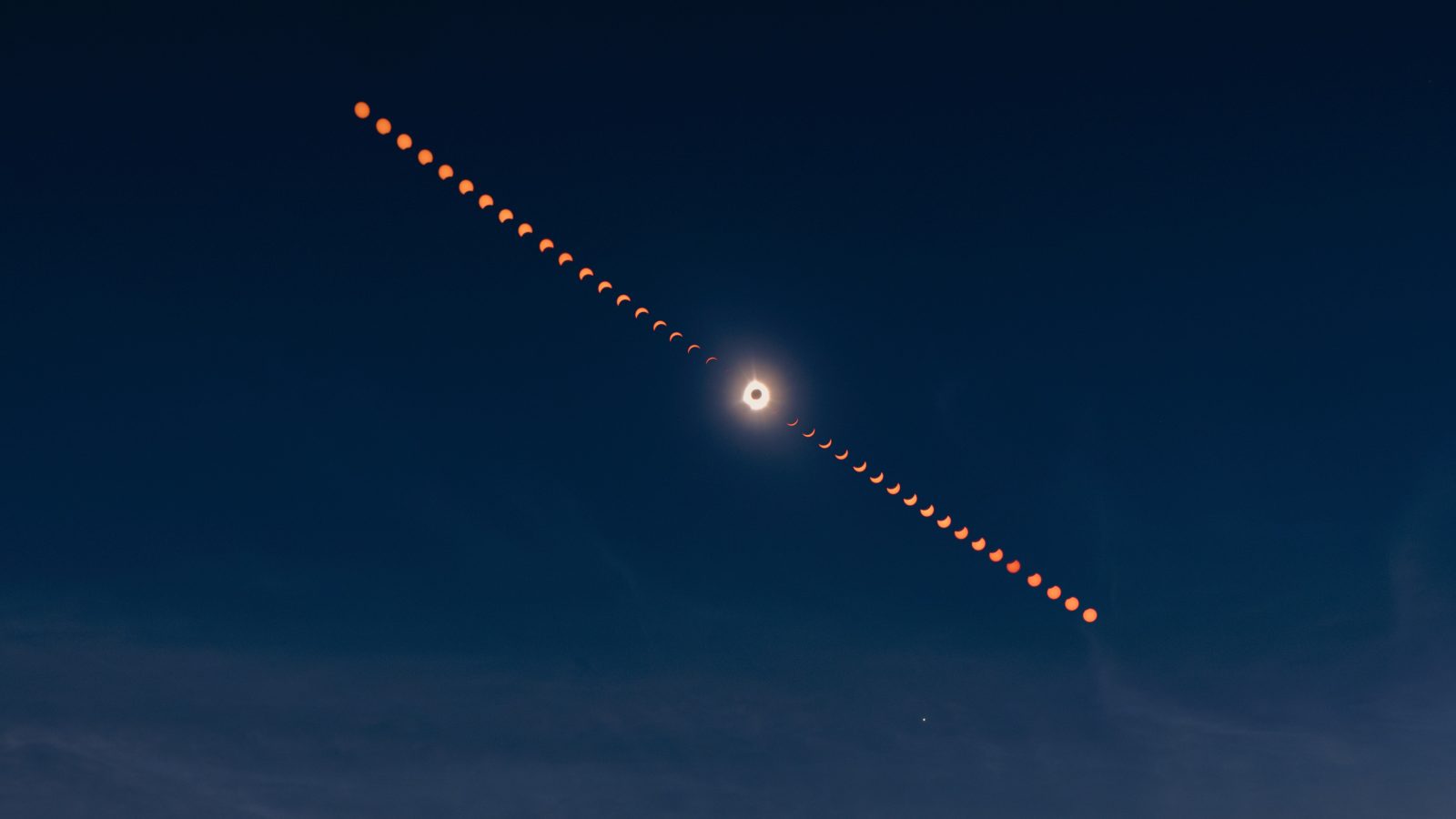
Last Monday North America got to witness the most unique solar event that can ever happen, a total solar eclipse. If you didn’t get to travel to, or be lucky and just live in, the path of totality, you most likely missed out on the fun. So if you are determined to not miss the next one, where do you have to be and when is the next total solar eclipse?
Expand Expanding Close
After a short nap in a Walmart parking lot, a wildlife refuge, and then a quick realization our planned viewing location would be closed, we witnessed something most people never get to see, a total solar eclipse. However, time continues to move forward and what is done is done. For those that witnessed it, what do we do next?
Expand Expanding Close
This afternoon for most Americans there will be a partial solar eclipse. For a small part of the country, the Moon will completely blocks out the Sun from view, forming a total eclipse. If you’re in the area hoping to see it (like myself), here’s the best tool to see if clouds will ruin depending on where you are.
Expand Expanding Close
Intuitive Machines has been awarded $30 million by NASA to conduct a services feasibility assessment for a Lunar Terrain Vehicle, LTV, the first phase of developing a crewed rover for human exploration of the Moon’s surface. This contract marks the company’s first foray into human spaceflight operations, underpinning its role in NASA’s ambitious $4.6 billion LTV services project.
Expand Expanding Close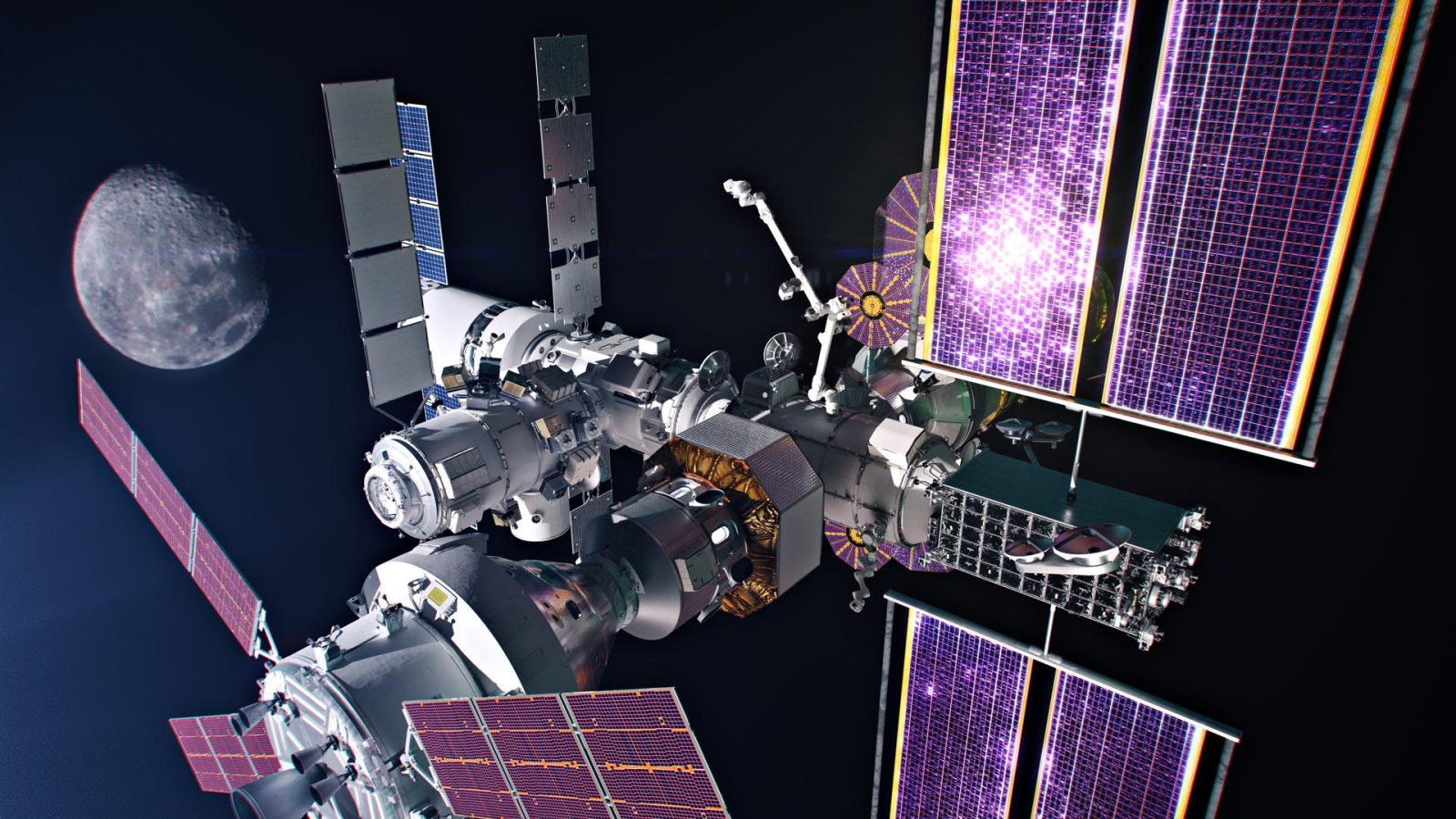
After NASA returns humans to the Moon during the Artemis 3 mission, the agency plans to begin assembling the first space station in lunar orbit. Part of the Artemis 4 mission, the goal is to deliver a critical component to the Lunar Gateway and begin enabling sustainable exploration of the Moon while serving as a stepping stone for future crewed missions to Mars.
Expand Expanding Close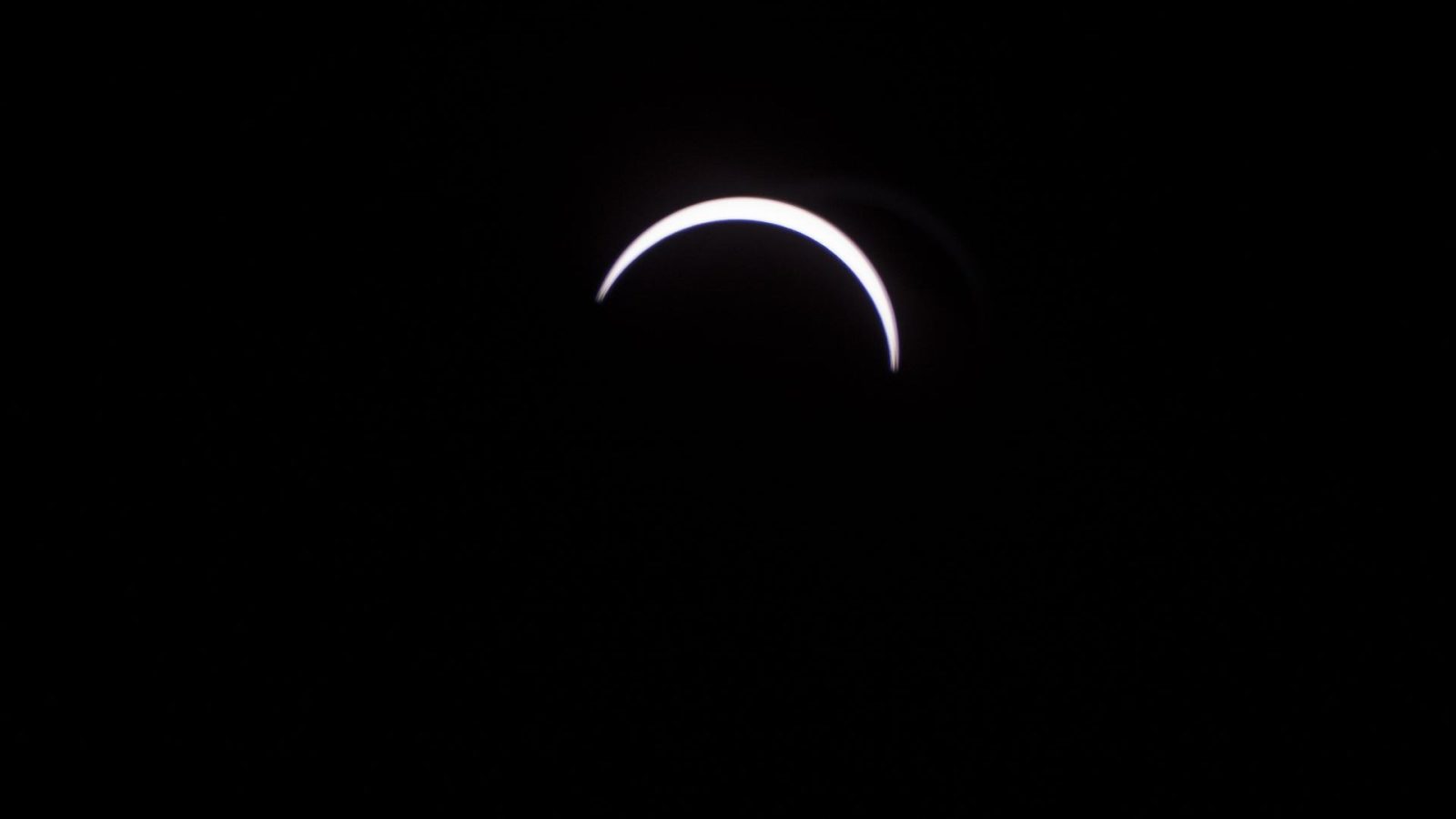
On Thursday, April 8 the Moon will block out the Sun across a large part of Central and Eastern United States. For many of us it will be your first total solar eclipse and you probably don’t know what to do or how to enjoy it. Former NASA astronaut Terry Virts has a few key tips for what to do during next week’s eclipse.
Expand Expanding Close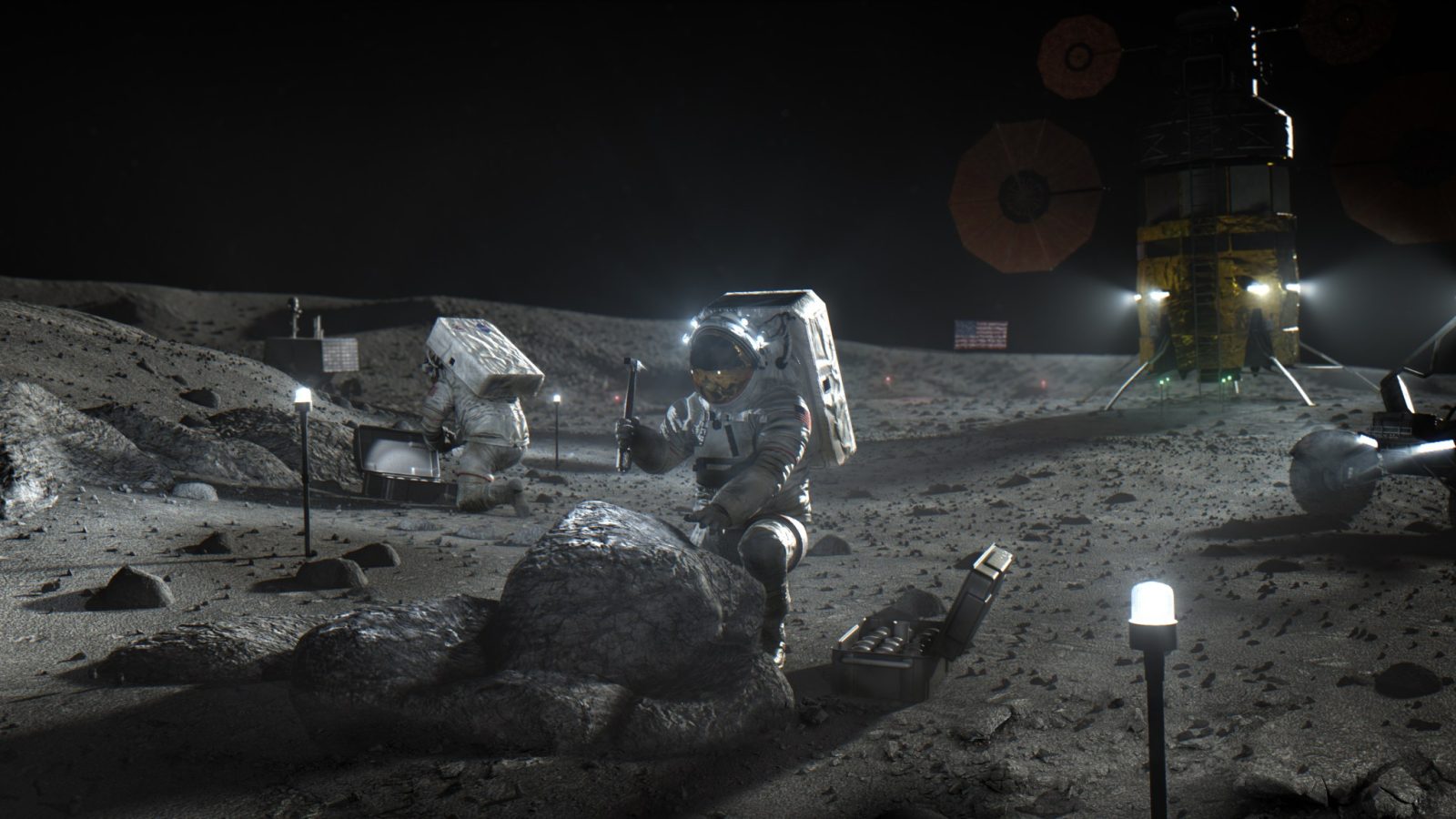
NASA has unveiled the first set of scientific instruments selected for deployment by astronauts on the Moon’s surface during the Artemis 3 mission. This endeavor aims to enhance our understanding of the Moon, aiding preparations for future crewed missions to Mars.
Expand Expanding Close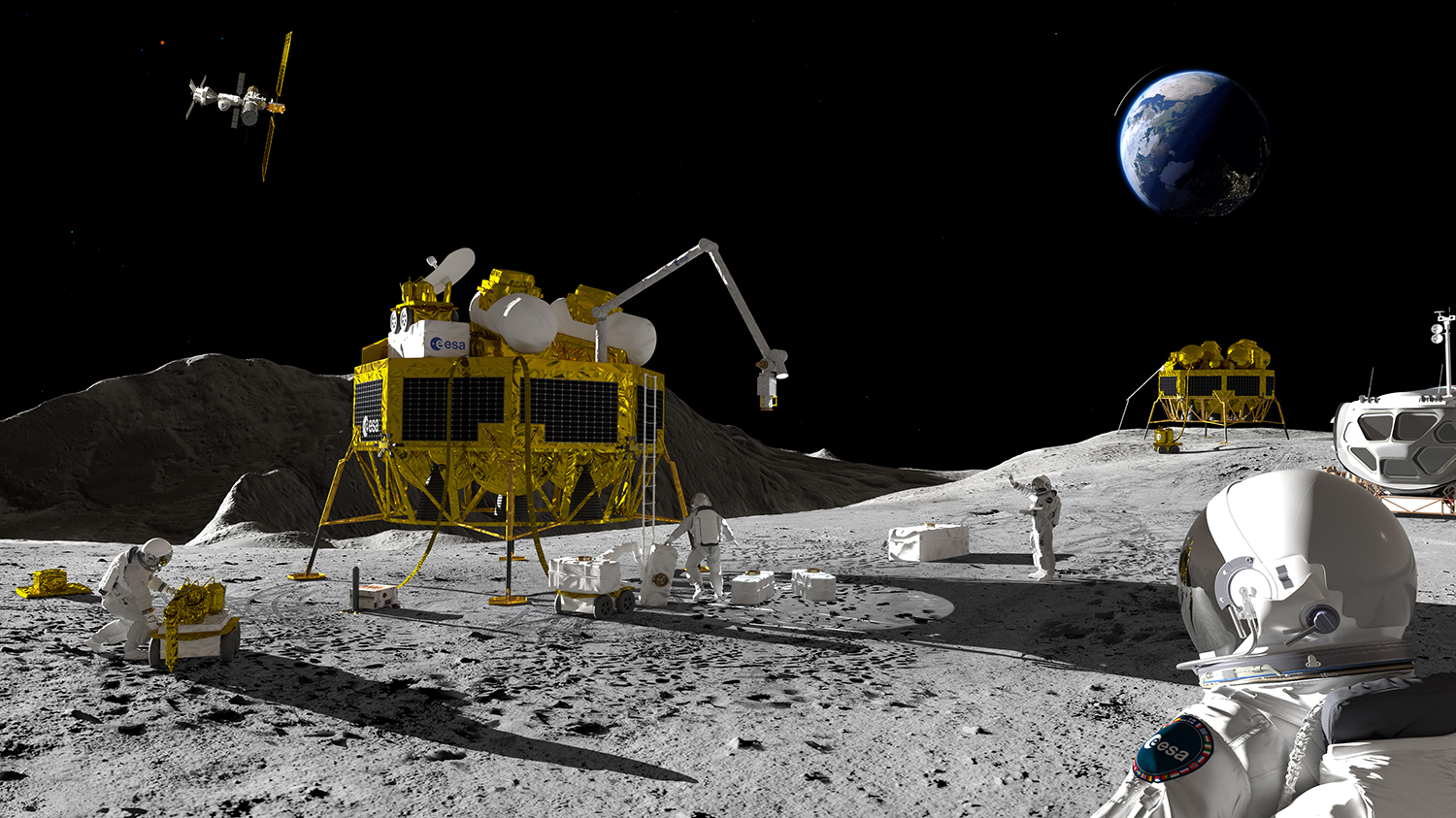
In the vast and mysterious expanse of space, a story of partnership continues to unfold. This isn’t a tale of human camaraderie but a narrative of humans and robots joining forces in the pursuit of cosmic discovery, health, and technology. Taking a closer look at this fascinating topic suggests the future of space exploration is not a solo journey for humans or robots, but a collaborative venture that leverages the strengths of both.
Expand Expanding Close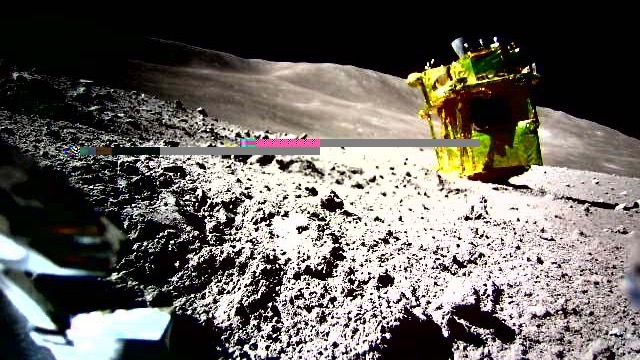
Japan’s Smart Lander for Investigating Moon, or SLIM, reestablished communication with Earth, the Japan Aerospace Exploration Agency announced. Despite the spacecraft not being expected to survive the harsh conditions of the lunar night, contact was made on February 25, offering a glimmer of hope for the mission’s continuation.
Expand Expanding Close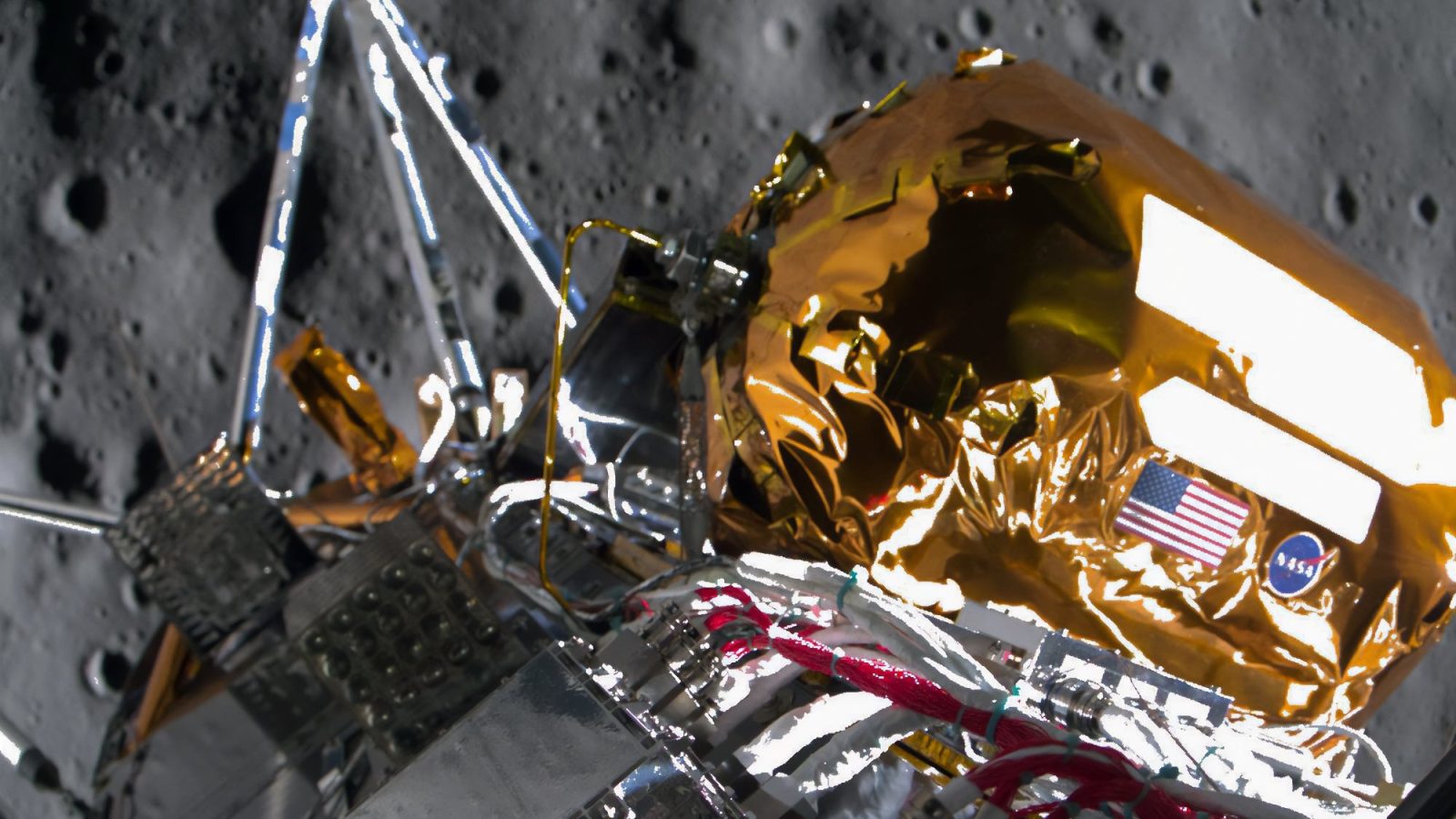
Over the last few weeks we’ve been following the travels of Intuitive Machine‘s IM-1 mission. The first of its kind lander made several firsts, the biggest being bringing the commercial market to the lunar surface for the first time. While the mission has ended for now, there’s a lot to talk about good old Odysseus.
Expand Expanding Close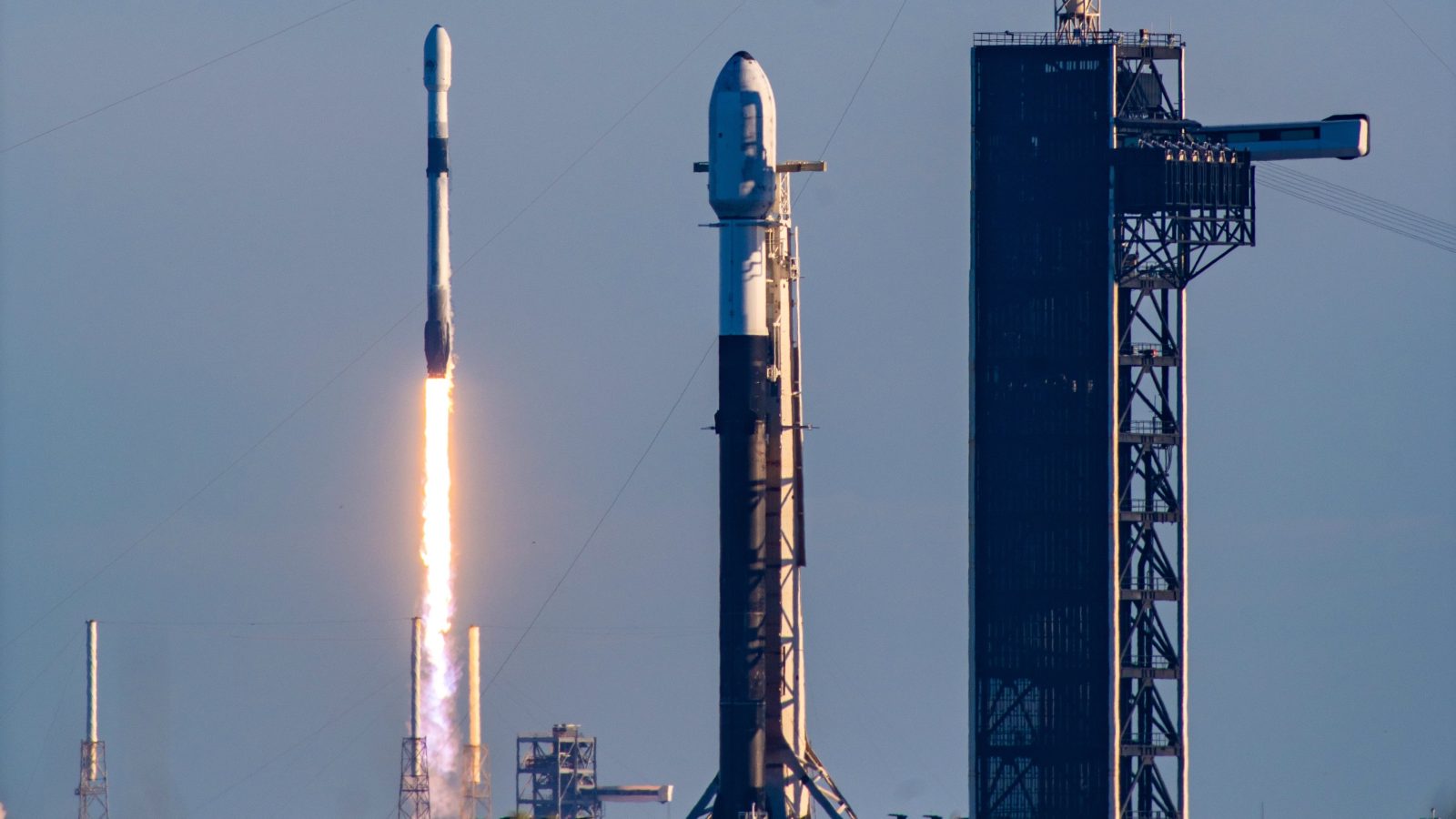
On Valentines Day SpaceX showed us its love for lifting rockets off into space with a double header from both LC-39A and SLC-40. The two launches, roughly eight hours apart, were for Intuitive Machines‘ Nova-C lunar lander and a classified payload for the US Space Force.
Expand Expanding Close
After successfully landing on the Moon over a week ago, it looks like SLIM is finally getting a chance to conduct some science on the lunar surface. JAXA announced it regained communication with the lander as the batteries began charging with the Sun now in line of sight of the solar panels.
Expand Expanding Close
This month was expected to be a big one for lunar exploration with two new landers attempting soft landings on the Moon‘s surface. However, once again, landing on the Moon seems to be the next major hurdle for anyone, even the United States.
Expand Expanding Close
While ULA’s mission was a resounding success, the same cannot be said for the payload that was tucked inside Vulcan‘s fairing. While details are slim, we know that the first Astrobotic Peregrine lander has suffered a failure in its propulsion system, ending it’s chance of a soft lunar landing.
Expand Expanding Close
At a meeting of the National Space Council in Washington, DC, Vice President Kamala Harris announced an international astronaut will land on the Moon through Artemis before the end of the decade.
Expand Expanding Close
Japanese robotic space company, ispace, announced that it will fly a second Hakuto-R lunar lander to the Moon to reattempt its landing. This time, the mission will feature a micro-rover, developed by ispace, that will capture lunar regolith for NASA.
Expand Expanding Close
Yusaku Maezawa, a Japanese entrepreneur, shared on his Instagram account an update to his dearMoon mission around the Moon. Shocking no one, the flight will not take place this year as the rocket is still very much in development.
Expand Expanding Close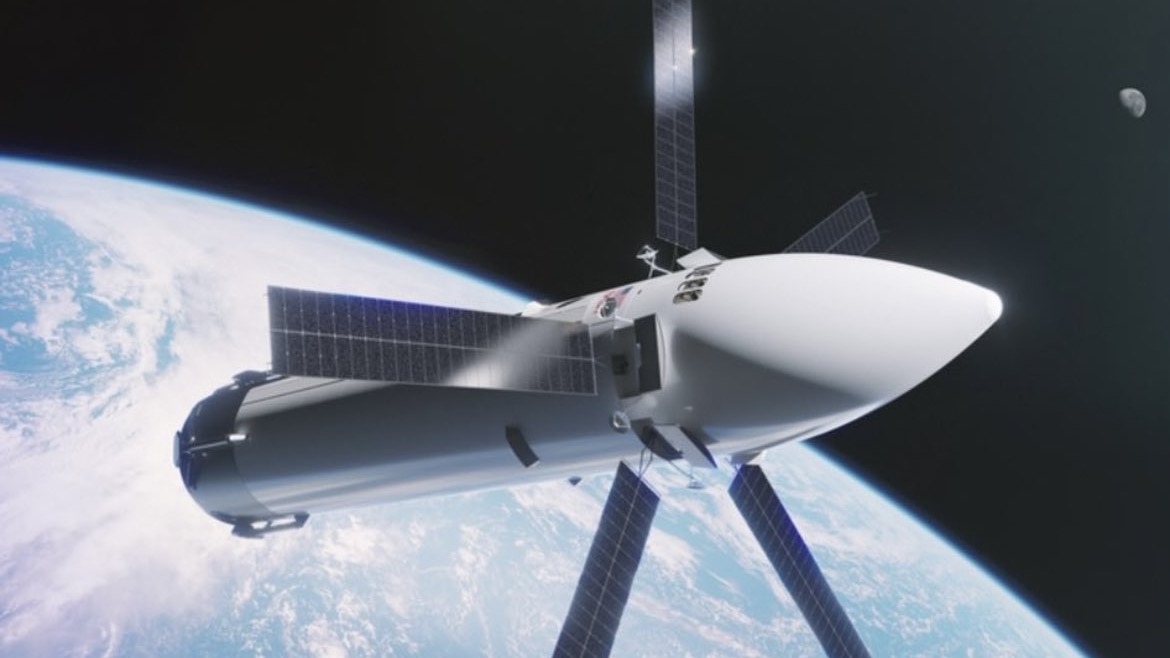
Most likely outdated renders of SpaceX’s Starship rocket in its Human Landing System configuration show a much more refined design that could show where the company is heading. Although their authenticity is not 100% confirmed yet.
Expand Expanding Close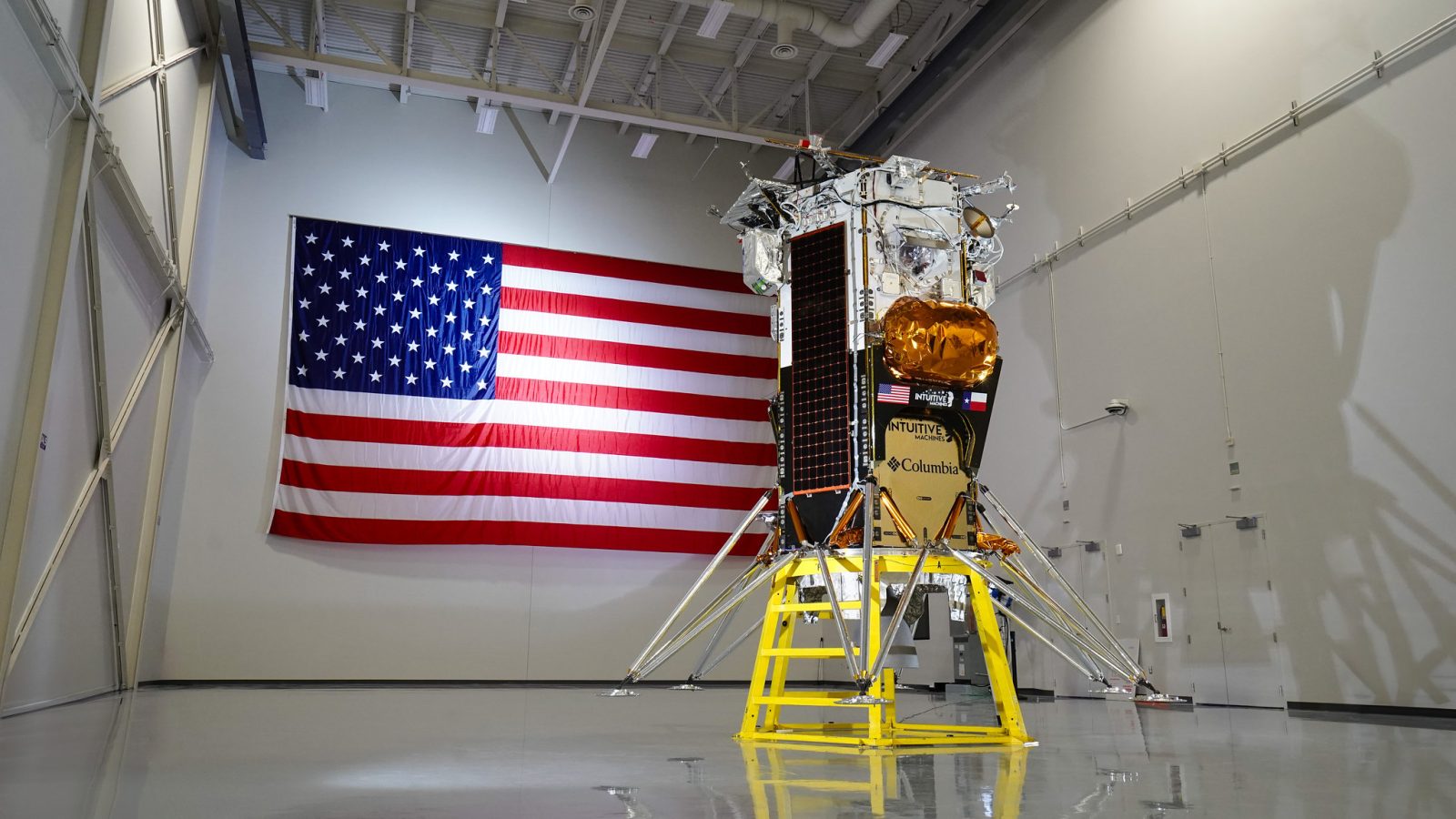
Intuitive Machines announced Friday that it has received its launch window for its IM-1 mission to land on the Moon for NASA’s CLPS program. This could quickly become the first CLPS mission if Astrobotic’s Peregrine Mission One delays from its currently launch date of Christmas Eve.
Expand Expanding Close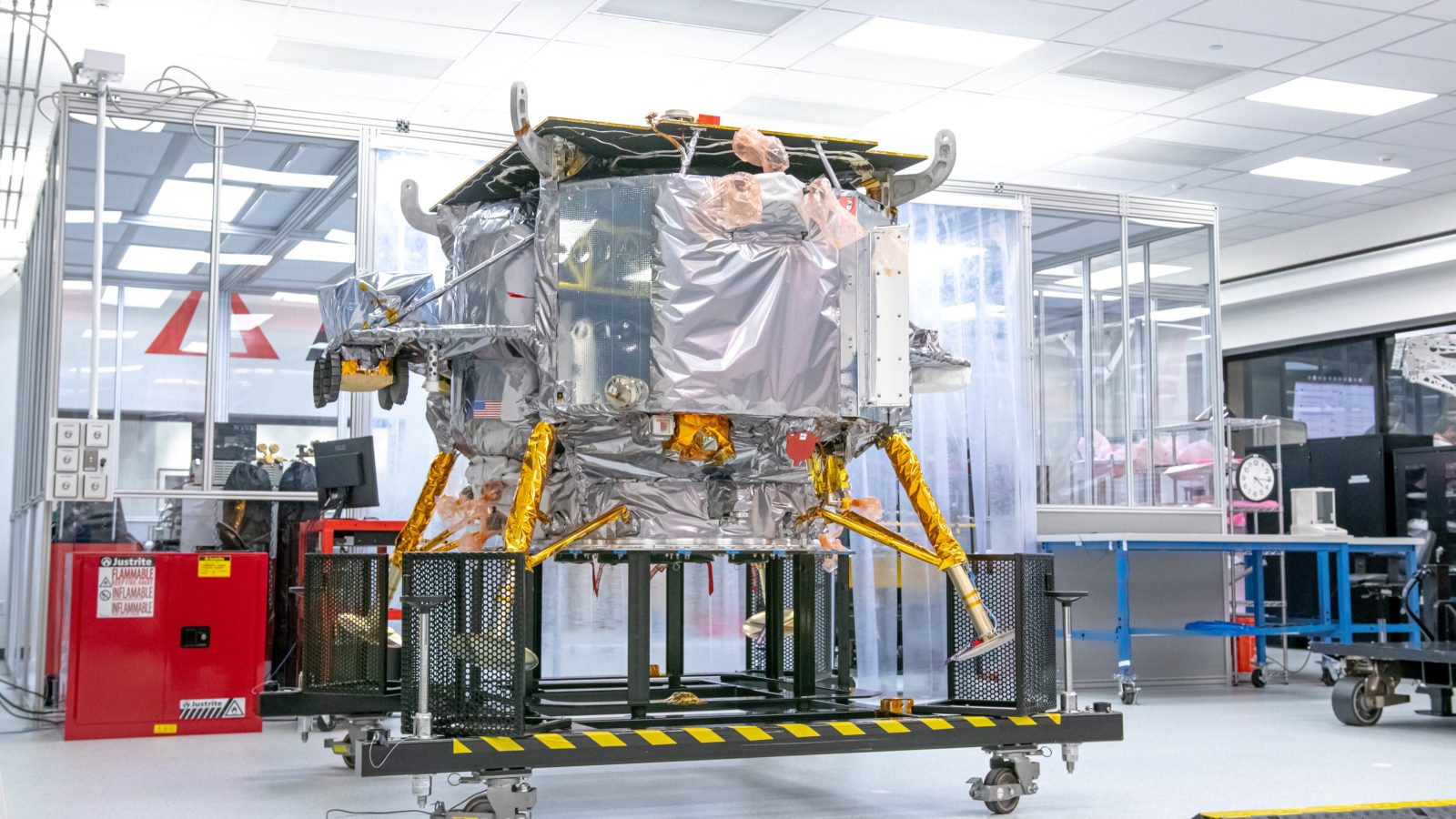
Early Friday morning, Astrobotic’s first lunar lander departed its offices in Pittsburgh for a drive down to Florida to be integrated onto the Atlas V for launch as soon as December. A flight the company has been waiting to do for years.
Expand Expanding Close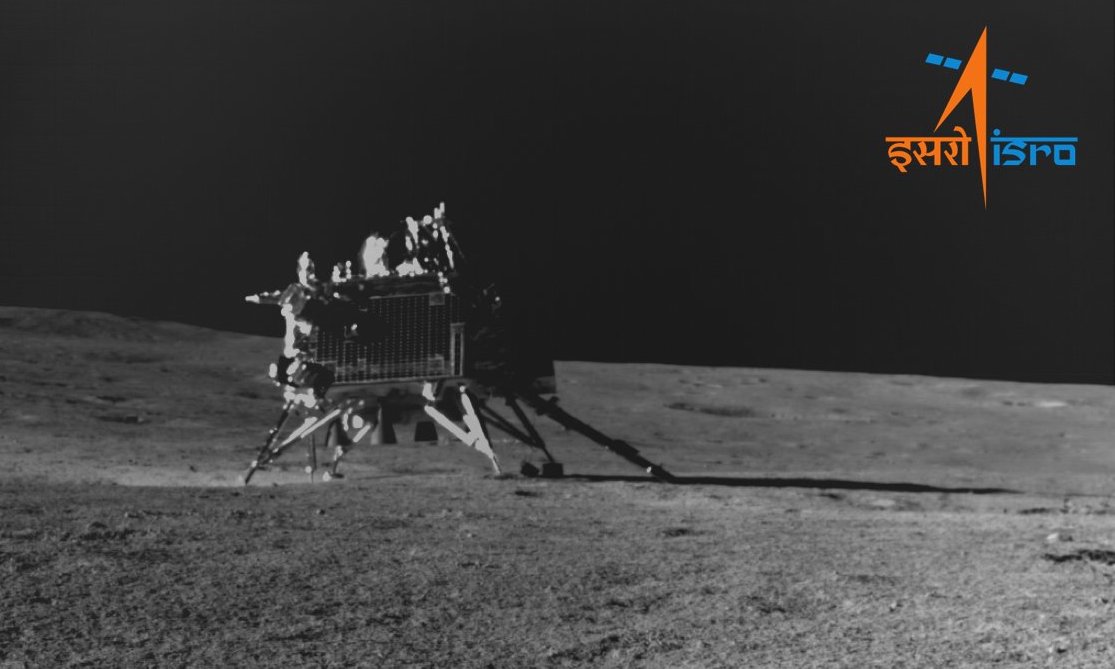
With the Sun now in view at their landing site, ISRO has yet to hear back from Chandrayaan-3’s lunar lander and rover. While ISRO will continues to ping the spacecraft, time is running out before another lunar night arrives.
Expand Expanding Close
The Moon’s south pole is a realm of perpetual shadow, a place shrouded in mystery and intrigue for scientists and space enthusiasts alike. As NASA prepares for the historic Artemis 3 mission scheduled for late 2025, where humans will set foot in this region for the first time, the agency is embarking on a quest to gather as much information as possible about this lunar frontier.
Expand Expanding Close
India’s lunar lander and rover have completed its main missions and have now moved on to secondary goals, one of which will see if it can survive the lunar night. The other was a bold hop across the surface to gather science in some slightly different pastures.
Expand Expanding Close